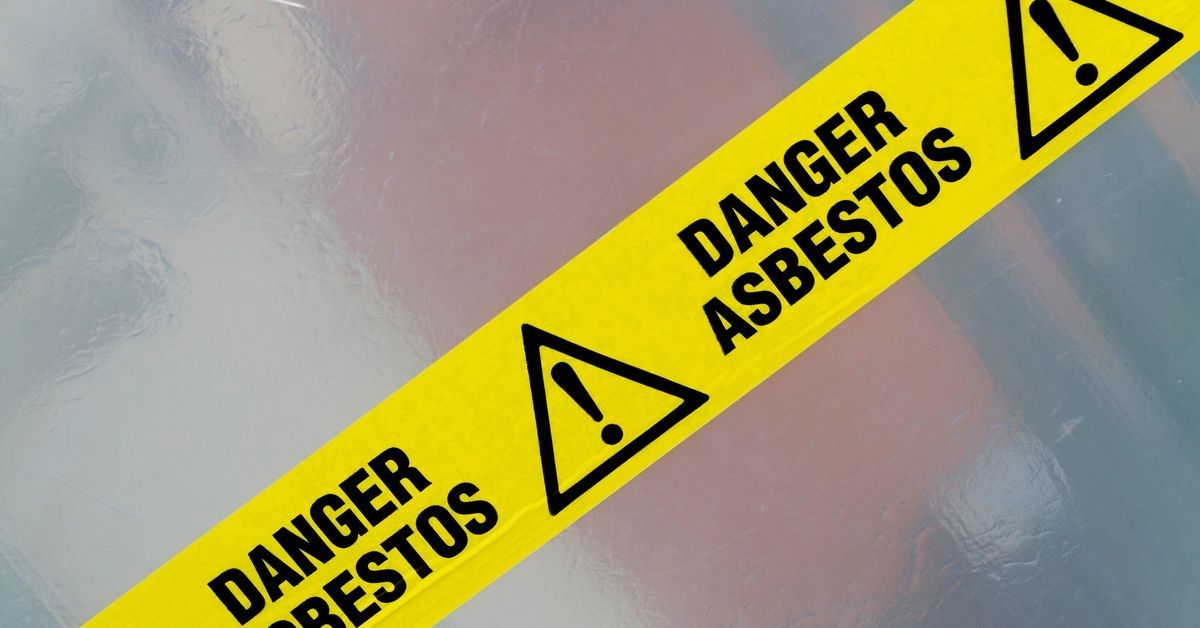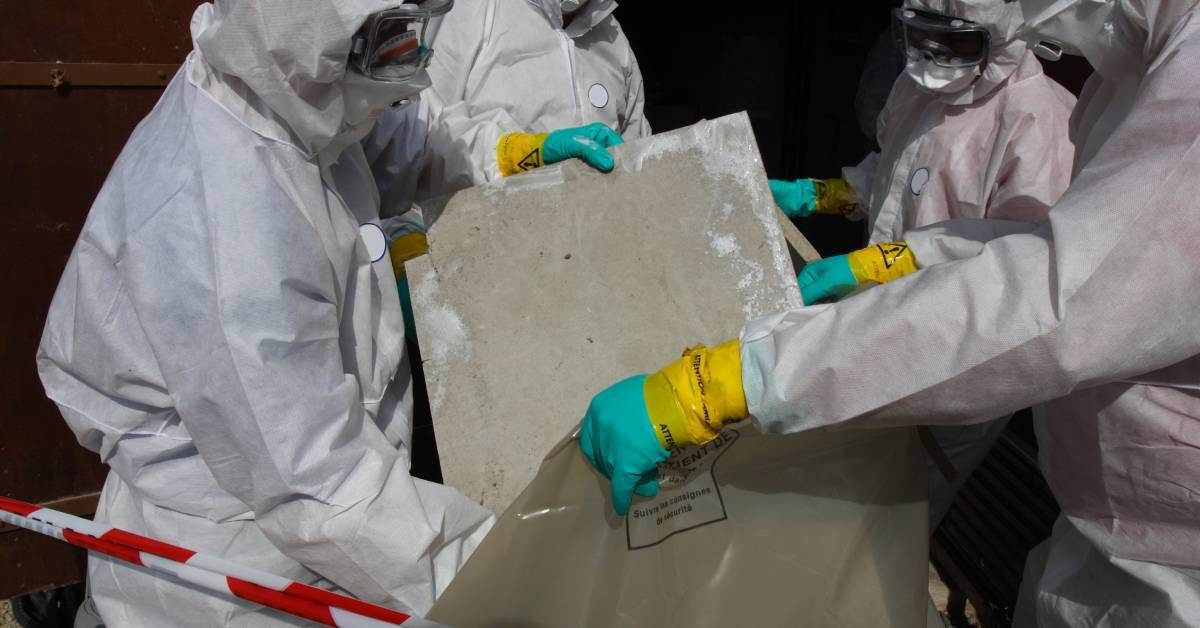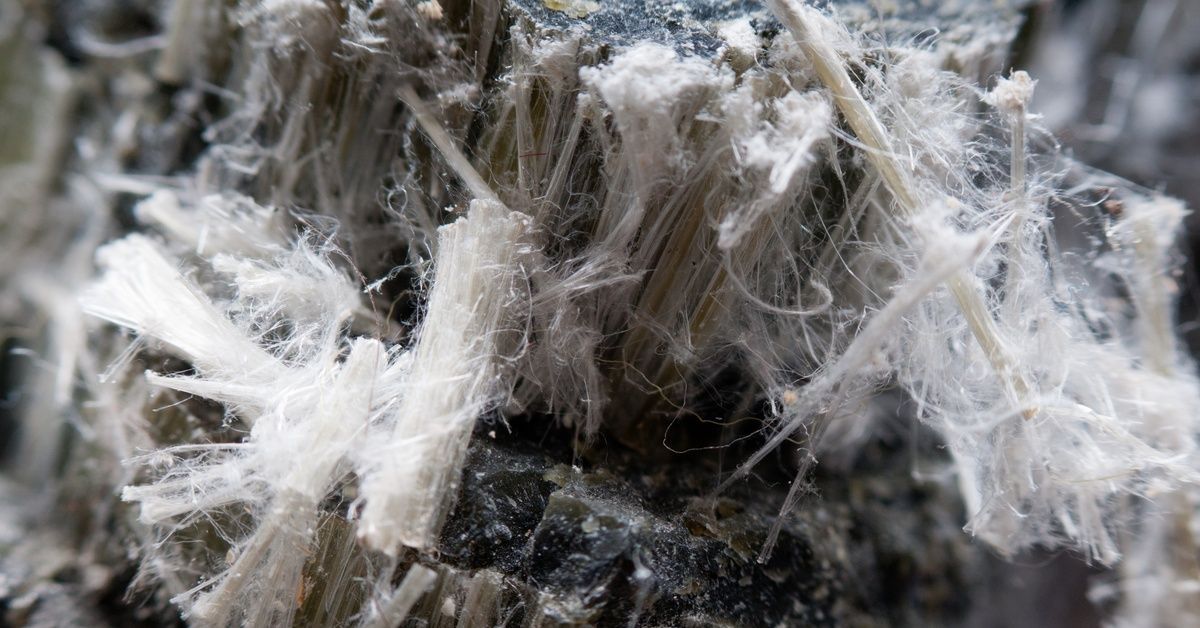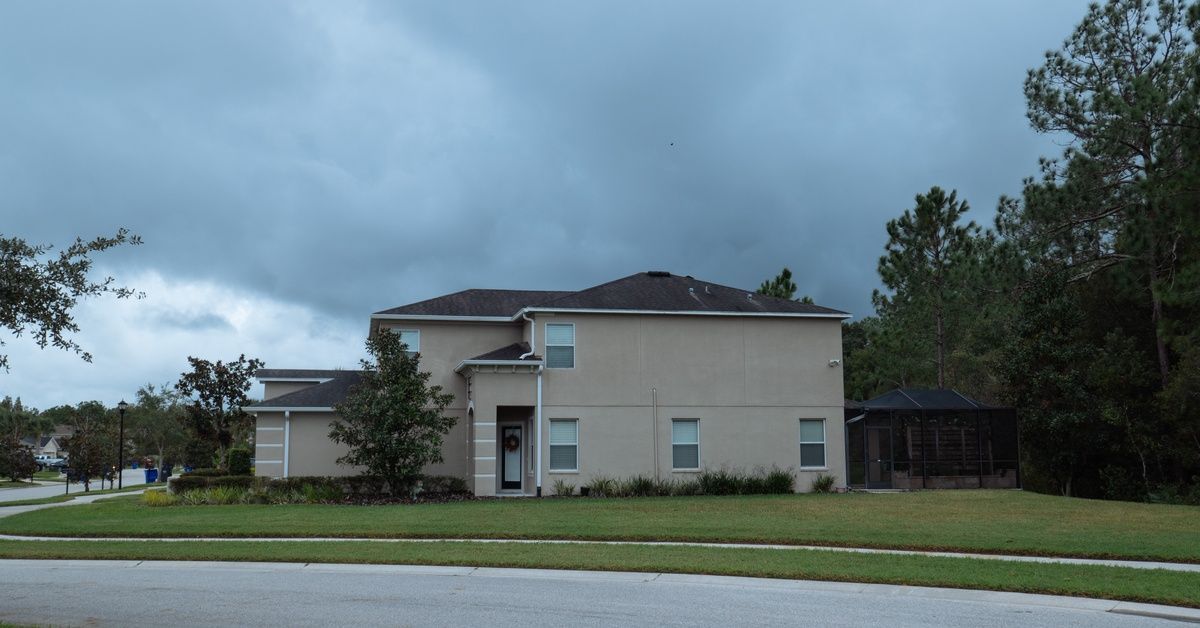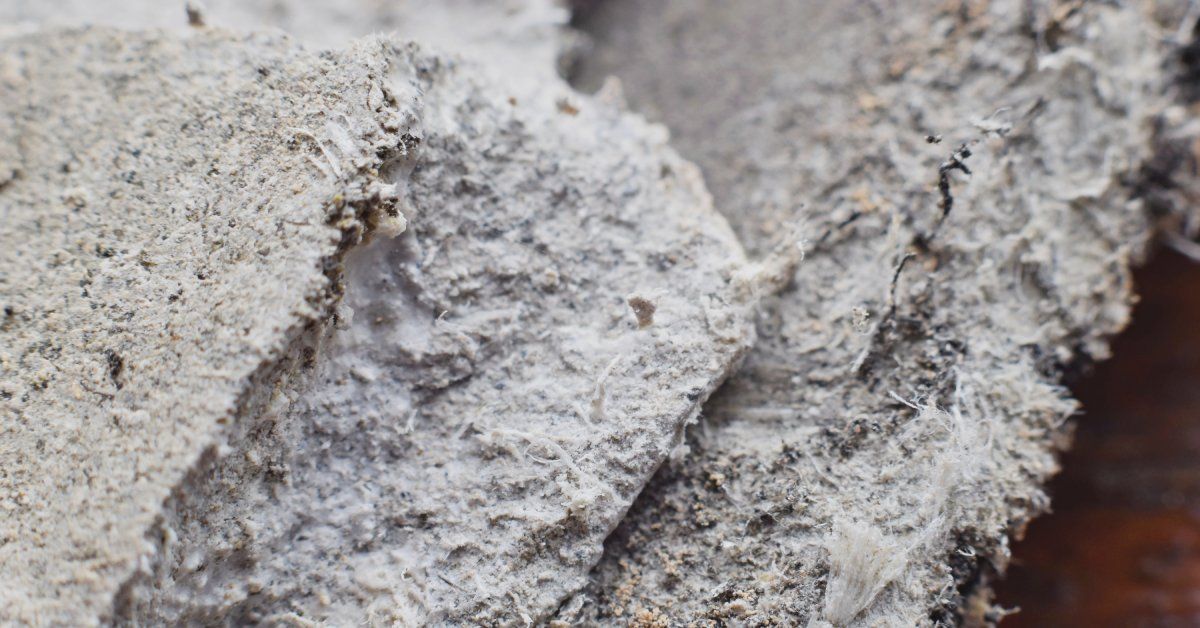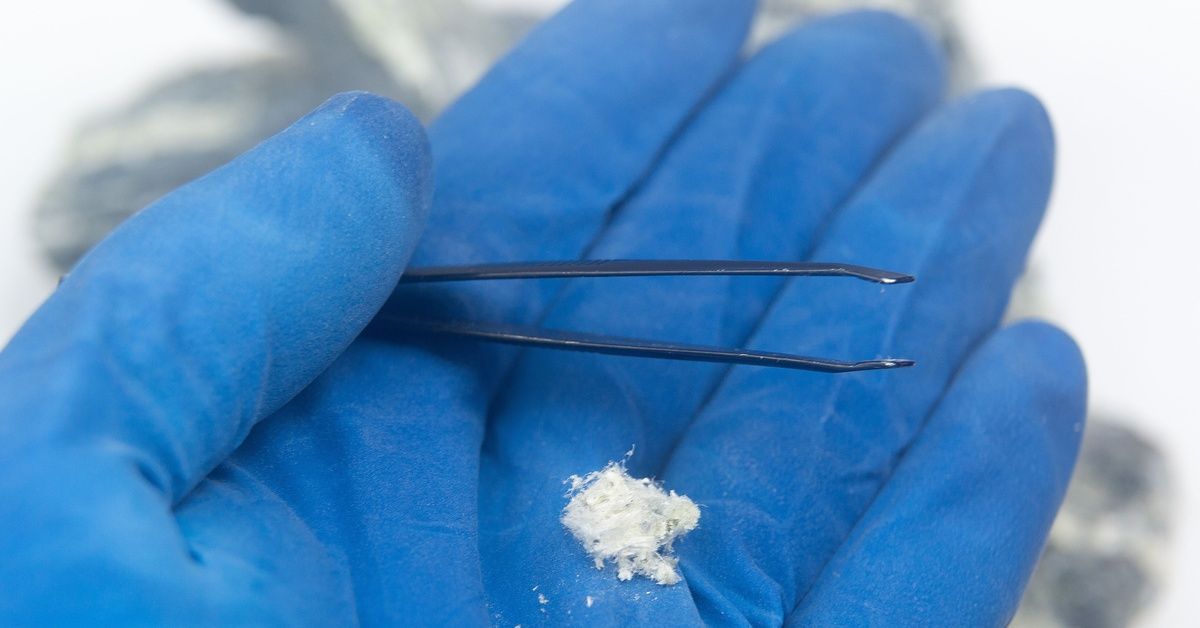A Look at Modern Asbestos Removal Techniques
Asbestos removal has evolved over the past few decades. What was once a hazardous and imprecise process has transformed into a highly regulated operation. Today’s modern asbestos removal techniques rely on advanced equipment, strict protocols, and trained professionals to protect workers and homeowners. Licensed contractors follow federal, state, and local guidelines to ensure safe abatement from start to finish.
How Professionals Contain Asbestos During Removal
Containment is the first critical step in any abatement project. Professionals seal off the work area using heavy-duty polyethylene sheeting to prevent asbestos fibers from spreading to other parts of the home. Negative air pressure systems then pull contaminated air through HEPA filters, ensuring no particles escape the containment zone.
Workers wear protective suits, respirators, and gloves to minimize exposure. These measures create a controlled environment where technicians can safely remove asbestos materials without risking contamination.
Expert Equipment and Methods
Modern removal relies on specialized tools designed to minimize fiber release. Professionals use wetting agents to keep materials damp throughout the removal process, which prevents dust from becoming airborne. HEPA vacuums capture microscopic particles that regular vacuums would recirculate into the air. Workers then place materials in sealed bags and containers to transport them to approved disposal sites, where they are handled according to strict environmental regulations.
The methods vary depending on the type and condition of the asbestos-containing material. Friable asbestos, which crumbles easily, requires careful handling and often full removal. Non-friable materials may be encapsulated or encased if they are in good condition and pose minimal risk. A qualified asbestos abatement company assesses each situation individually to determine the safest and most effective approach.
Why Regulatory Compliance Matters
Federal, state, and local regulations govern every aspect of modern asbestos removal techniques. The Environmental Protection Agency (EPA) and Occupational Safety and Health Administration (OSHA) set national standards, while states such as Massachusetts enforce additional requirements. Licensed contractors must do the following:
- Complete state-mandated training and certification
- Follow proper containment and disposal protocols
- Submit notifications before starting work
- Provide documentation of compliant disposal
Homeowners benefit from these regulations because they ensure that removal projects meet the highest safety standards. Hiring a state-licensed contractor guarantees that the work complies with all legal requirements and protects your family from exposure.
The Role of Post-Removal Testing
Once removal is complete, professionals conduct air monitoring to verify that asbestos levels are safe. Independent laboratories analyze air samples to confirm that no hazardous fibers remain. Final clearance testing provides peace of mind and documentation that the area is safe for occupancy. This step is essential, especially during real estate transactions or renovations, where buyers and inspectors require proof of safe conditions.
Trust Experience and Expertise
Choosing the right contractor makes all the difference in safe, effective asbestos removal. Companies with decades of experience understand the nuances of different removal scenarios and can navigate complex regulations with ease. Look for contractors who offer free estimates, transparent processes, and a satisfaction guarantee.
Asbestos removal is not a do-it-yourself project. The risks are too great, and the regulations are too complex. Licensed professionals have the training, equipment, and knowledge to handle abatement safely and efficiently. When you need asbestos removed from your home, trust the professionals at AirSafe.

